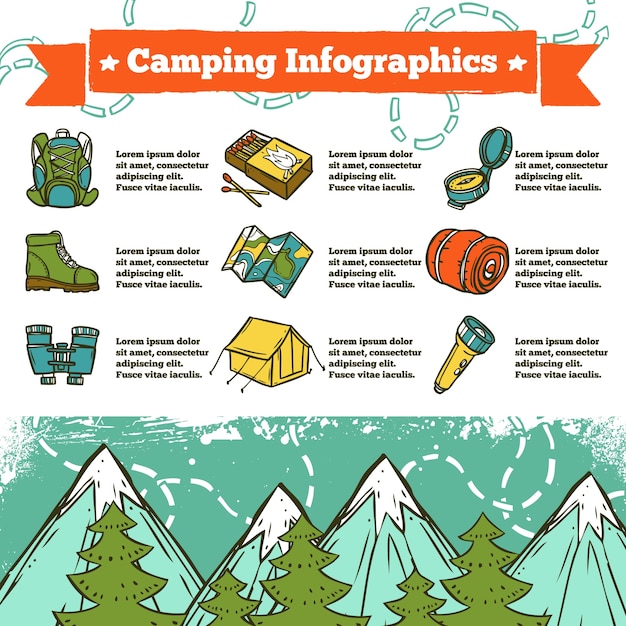The Economics Of Tent Size Cost Vs Comfort
Pros and Cons of Vinyl Vs. Canvas Outdoor Tents FloorsWhile several campers concentrate on an outdoor tents's canopy to safeguard them from rain, snow, and insects, the camping tent floor is equally important. A top quality floor offers security from standing water, soggy mud, and sharp rocks.
At White Duck Outdoors, we provide free-floating plastic floors that are personalized per outdoor tents size. This allows you to select a floor lining or use your very own canvas tarp as a liner.
Resilience
There are various kinds of floors offered for wall outdoors tents. Free-floating floors are separate pieces that you lay on the ground prior to constructing the tent, making them easy to establish. A sewn-in flooring is a little more complicated, but it offers excellent defense from water and pests.
Nonetheless, the best option is a camping tent flooring lining. A lining is thick and pressures any kind of water or pests to go under the flooring as opposed to with openings in the camping tent. It also minimizes the amount of dirt that gets inside the outdoor tents, making it less complicated to cleanse and keep.
All White Duck Outdoors wall surface outdoors tents feature a free-floating flooring consisted of, so you don't have to stress over buying and setting up one individually. We understand the importance of being able to personalize your area and make camping more satisfying. The free-floating flooring makes the outdoor tents less complicated to lug, tidy and shop, deluxes that sewn-in or 3/4 floorings do not offer.
Weather condition Resistance
When picking a safety cover for commercial or logistical purposes, weather resistance is frequently an essential variable. Canvas tarpaulins are commonly made from natural materials, while plastic tarpaulins include advanced polymer backpacking engineering. This difference in structure causes significantly various efficiency characteristics, upkeep needs, and ideal applications.
Plastic tarpaulins are optimal for long term industrial coverage due to their longevity, waterproof functions and chemical resistance. They additionally provide great UV security and are lighter than canvas tarpaulins. These homes make them the recommended option for covering tools and constructing momentary frameworks.
Easy Upkeep
The durability of vinyl floorings and their resistance to damage translates right into very little upkeep needs. Wipe-downs with light soap and water suffice to maintain them looking clean, while stubborn discolorations can commonly be removed without much effort.
On the other hand, canvas covers are most likely to soak up dampness over time, leading to mold and mildew development if not correctly dried or treated. In addition, they may need more frequent waterproofing therapies to preserve their protective buildings.
Furthermore, a woven fabric like cotton is prone to penetrating and tearing over time, making it extra vulnerable to harm from sharp objects or abrasive surface areas. Vinyl is crafted to withstand these hazards better, placing it as a premium selection for sturdy security applications. Additionally, its synthetic parts use superior resilience and longevity contrasted to canvas products. Consequently, they typically have a reduced ecological footprint in regards to manufacturing and disposal. They also often tend to have a more functional customization ability, assisting in the consolidation of intricate layouts and color design.
Environmental Impact
Similar to all items, it's important to comprehend the environmental account of each product. This consists of whatever from raw materials sourcing and manufacturing procedures to usage durability and end-of-life disposal choices. This information enables businesses to make smarter selections that line up with sustainability goals while satisfying functional requirements.
Sailcloth normally lines up with eco-conscious objectives because of its biodegradable nature and reduced manufacturing impact. Its lighter weight converts to much less storage and transportation requirements. Its reduced upkeep demands and longer life expectancy even more lower general expenditures.
Plastic, on the other hand, relies on synthetic elements for its toughness and weather condition resistance. Its chemical therapies call for high power input. Plastic's non-biodegradable properties even more complicate recycling and waste administration procedures. Nevertheless, it does offer exceptional waterproofing and UV destruction resistance to outside atmospheres.
